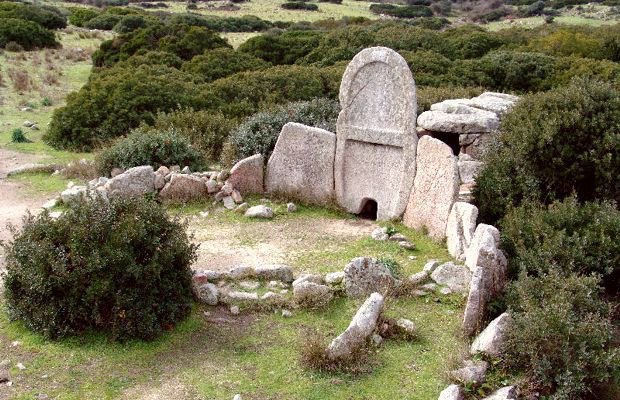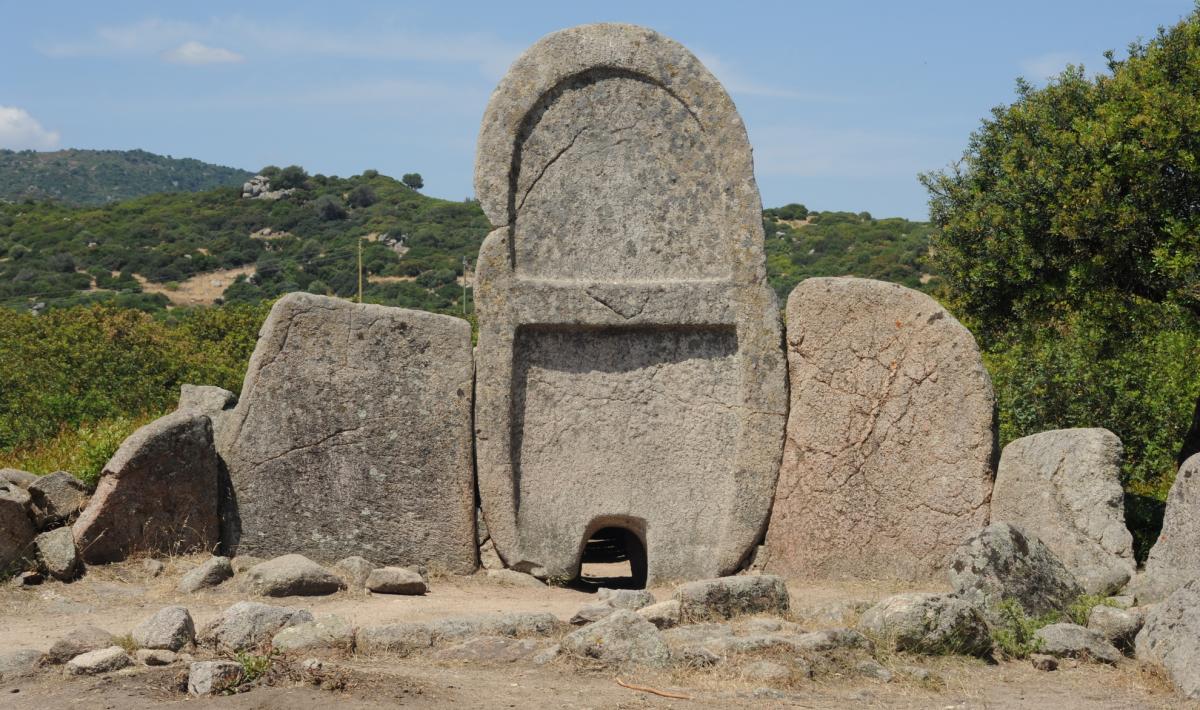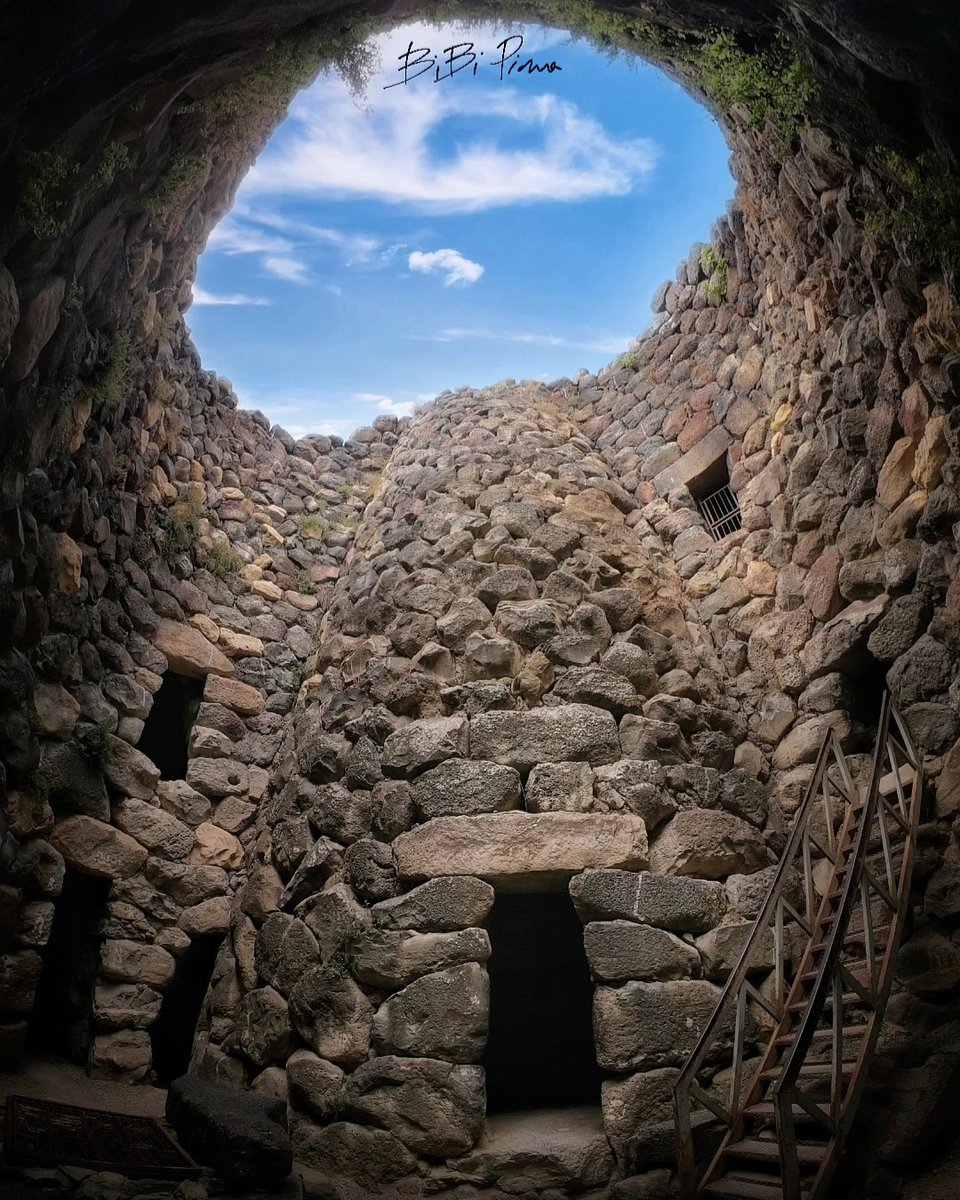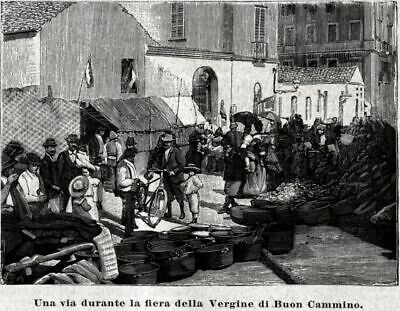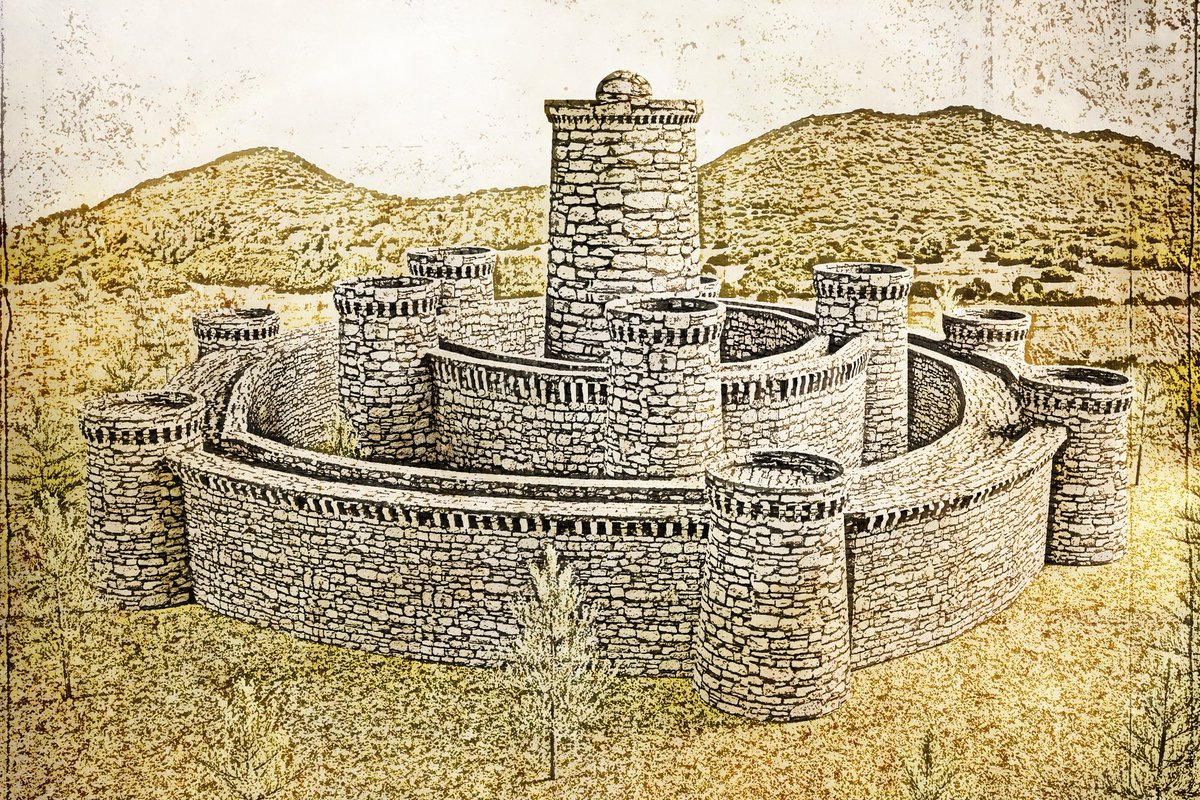
**NURAGIC SARDINIA – part 4: sacred Nuragic wells**
Sixth and last part of the series of threads on Prenuragic and Nuragic Sardinia. Today is all about cult of water and sacred wells/fountains.
📸 Romanzesu, Bitti
Sixth and last part of the series of threads on Prenuragic and Nuragic Sardinia. Today is all about cult of water and sacred wells/fountains.
📸 Romanzesu, Bitti

The cult of water was very important in Sardinia, as the 100+ sacred wells and fountains show. We don't know with certainty which rites were practiced, but we know we found many votive statuettes representing people or ships in these sites. Some cults may have lived on through-
-new rituals, still living today.
There are three main types of wells (or fountains), depending on their position and orography.
▪️Hypogean wells. These are the most famous and important ones, represented by Santa Cristina of Paulilatino and Santa Vittoria of Serri.
There are three main types of wells (or fountains), depending on their position and orography.
▪️Hypogean wells. These are the most famous and important ones, represented by Santa Cristina of Paulilatino and Santa Vittoria of Serri.
They have a peculiar "keyhole" shape, seen from above. They are composed of a long stairway which leads underground, usually with an inverted-stairway ceiling; the actual pit, with the walls which gradually close on top; enclosing walls -
📸 Santa Cristina, Santa Vittoria

📸 Santa Cristina, Santa Vittoria


-around the well. The water collects at the bottom directly from the source intercepted by the well.
Hypogean wells are the best example of the constructing skills of Ancient Sardinians. Some of these structures are of great precision-
📸 Santa Cristina x2, Santa Vittoria x2



Hypogean wells are the best example of the constructing skills of Ancient Sardinians. Some of these structures are of great precision-
📸 Santa Cristina x2, Santa Vittoria x2




-for their time.
Some people hypothesised the external part of the well could be closed with a bigger structure, similar to that of a nuraghe single tower, so that to collimate the sun ray through a smaller slit.
📸 Santa Vittoria, Santa Cristina x2


Some people hypothesised the external part of the well could be closed with a bigger structure, similar to that of a nuraghe single tower, so that to collimate the sun ray through a smaller slit.
📸 Santa Vittoria, Santa Cristina x2



Particular events happen in determined days of the year in Santa Cristina. The alignments of the stairway and the pit allow for lighting effects during the equinoxes.
For more on the archaeoastronomical alignments of the well of Santa Cristina:
For more on the archaeoastronomical alignments of the well of Santa Cristina:
https://twitter.com/DrWatson_writer/status/1304099012467924993?t=D5fY9Z9coOU_D6xLJQtiKA&s=19
▪️ Fountains. Architecturally, they're similar to the hypogean wells but these are built on the ground, intercepting the source of water at ground level. These are generally found at the side of mountains or hills, while the previous ones were built directly-
📸 Su Tempiesu

📸 Su Tempiesu


▪️ Round wells. The last kind is the circular or round wells, built at ground level, not necessarily near a source.
Romanzesu of Bitti is a mix between a round and a hypogean well. It's built at ground level but with a series of stairs and a canal which-
📸 Romanzesu

Romanzesu of Bitti is a mix between a round and a hypogean well. It's built at ground level but with a series of stairs and a canal which-
📸 Romanzesu


-links it to an amphitheatre that could well up. Romanzesu is also surrounded by huts, a village and as said, an amphitheatre. 





Another example of wells is the megaron type, rectangular constructions with subsequent rooms. It is rarer than the previous kinds but it's still thought to be linked to the cult of water.
📸Sa Domu 'e S'Orgìa, Esterzili

📸Sa Domu 'e S'Orgìa, Esterzili


The previous threads:
Prenuragic Sardinia:
Domus de janas:
Nuragic culture:
Nuraghes:
Tombs of the giants:
Prenuragic Sardinia:
https://twitter.com/DrWatson_writer/status/1445727818105634816?t=b9AZ-qryxTs4rJYpIiRP8g&s=19
Domus de janas:
https://twitter.com/DrWatson_writer/status/1448270112784621573?t=b9AZ-qryxTs4rJYpIiRP8g&s=19
Nuragic culture:
https://twitter.com/DrWatson_writer/status/1450440306961395717?t=b9AZ-qryxTs4rJYpIiRP8g&s=19
Nuraghes:
https://twitter.com/DrWatson_writer/status/1453338965516378112?t=b9AZ-qryxTs4rJYpIiRP8g&s=19
Tombs of the giants:
https://twitter.com/DrWatson_writer/status/1455894067385151493?t=b9AZ-qryxTs4rJYpIiRP8g&s=19
• • •
Missing some Tweet in this thread? You can try to
force a refresh







